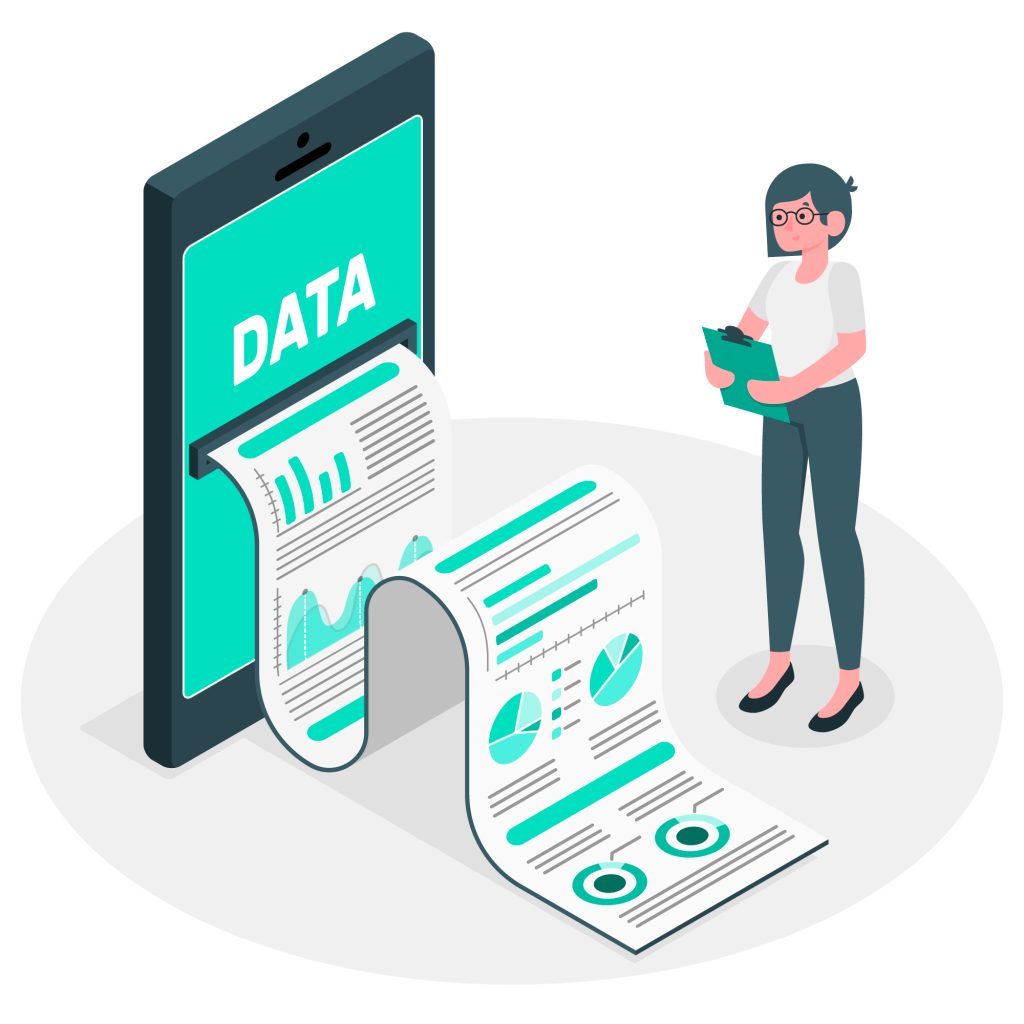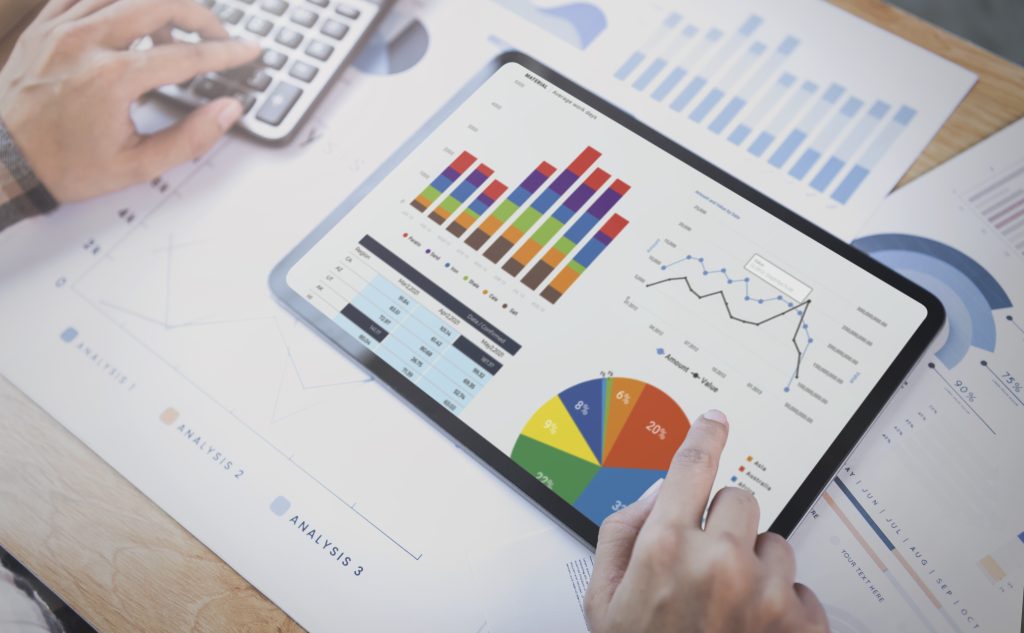A report is a document that presents information in an organized format for a specific audience and purpose. Although summaries of reports may be delivered orally, complete reports are almost always in the form of written documents. In this article, we will be focusing on different types of reports used in data-driven decisions.

Why Do You Need Different Types of Reports?

Reports play an essential role in providing helpful information in business operations. However, the output of your decision is largely influenced by the type of data report. There exists a variety of types of data reports used for different purposes. It’s essential to choose the right type of report for your business.
This blog will cover six significant types of reports that would aid you in making data-driven decisions. You can also be assisted with some report formats and essential tips to remember when composing reports.
Types Of Reports:
Proposal Reports

Proposal reports are the ones that pitch different ideas and services to clients and stakeholders. They should be written in a persuasive and convincing tone. They should provide all the details highlighting the benefits of the proposal. This may include costs, ROI, value propositions, and implementation details.
Make sure to keep in mind your target audience’s needs and interests while composing such reports. The structure of the proposal should be kept logical with an introduction, then the body, and finally, the conclusion. Your language should be concise without any technical jargon or confusing remarks.
Research Reports
Such type of reports shows present the findings of a research or project. These are a way to present the results to the other stakeholders.
The research methodology and all the data-gathering techniques and analysis methods should be described clearly in the report. The research reports should summarize all your findings, implications, and recommendations. Make use of graphs and charts to make data more readable.
Marketing Reports
As the name suggests, marketing reports present insights into marketing strategies, social media management, ads & customer reviews. They are beneficial for helping marketing teams improve their campaigns.
Before writing the report, review the overall marketing strategy and major goals and objectives. All campaign data, including performance data, click-through, and engagement rates. Use graphical content to make your reports appealing.
Sales Reports

Sales reports are the ones that provide information about sales, revenue, profits, and loss. They provide the sales team with valuable data essential to identifying areas of improvement. You can also track sales goals using sales reports.
While writing a sales report, you must provide an overview of the sales data, including its performance, sales revenue, volume, and customer data. Customer demographics and purchasing habits should be covered in detail in the reports. Graphics also adds to the appeal of the final report.
Periodic Reports
Regular updates on business operations, including financial performance, project status, and team performance, are covered by periodic reports. These reports majorly help managers in aid making important decisions.
You must thoroughly summarize the reported operations while writing a periodic report. The report should include key performance indicators, progress toward objectives, and any problems that need to be fixed. Make the facts easier to understand for readers by including visual aids like graphs or tables.
Annual Reports

The financial success of a corporation during the previous year is thoroughly outlined in annual reports. These reports convey a company’s financial health to shareholders, investors, and regulators.
The company’s financial performance, including sales, profits, and expenses, must be clearly outlined in an annual report. The report should also thoroughly review the business’s operations, highlighting significant accomplishments, difficulties, and plans. To make the data more readable for readers, use visual aids like graphs or tables.
What Different Formats Can Reports Take?
Reports come in various forms, including spoken presentations, written reports, and interactive dashboards. The goal and audience of the report will determine the format you use.
Written Reports:
The most typical format for reporting is written reports. They frequently include visual aids like graphs or tables and are normally organized with a distinct introduction, body, and conclusion. Written reports can be given to a wide audience while offering precise information.
Presentations:
Information can be effectively conveyed to a live audience through presentations. They can be given face-to-face or online, frequently using visual aids like slideshows or videos to communicate information. Presentations can be used to pitch ideas, give updates, or present research findings while also entertaining audiences.
Interactive Dashboards:
The interactive dashboard is a more recent report model that allows consumers to engage with data in real-time. These dashboards frequently present data visually and let users filter and examine data sets using software programs like Tableau or Power BI. Users can have a personalized and engaging experience with data via interactive dashboards.
3 Report Writing Tips to Help You Stay on Track
Recognize Your Audience
The first advice is to be aware of your audience when producing reports. Reports are created for several stakeholders, each with expertise and interest in the subject. You may choose the right level of content, tone, and language to use in your report by considering your audience.
Keep It Basic:
Keeping things basic is the second piece of advice for drafting good reports. Even for people who are not subject matter experts, reports should be simple to read and comprehend. Avoid technical jargon that can mislead readers, and speak clearly and concisely. To make the data more understandable to readers, use visual aids like graphs, charts, or tables.
Make use of a Simple Structure:
Use a clear structure when writing your reports as the third piece of advice. Reports must be rationally organized, with a distinct introduction, body, and conclusion. Use headings and subheadings to make the content easier to read and break it up. To make the data more understandable to readers, use visual aids like graphs, charts, or tables.
Conclusion
Undoubtedly reports play an integral role in business operations as they provide valuable information to aid decision-making. The report you require depends on the purpose you want to serve. It can be for marketing or research purposes. You cannot use the same report format everywhere. They can take multiple formats, such as written reports or presentations. Keep your reports simple and write them by keeping your audience in mind.
Read More:
How Can Ai Writers Coexist With Professional Writers?

Leave a Reply